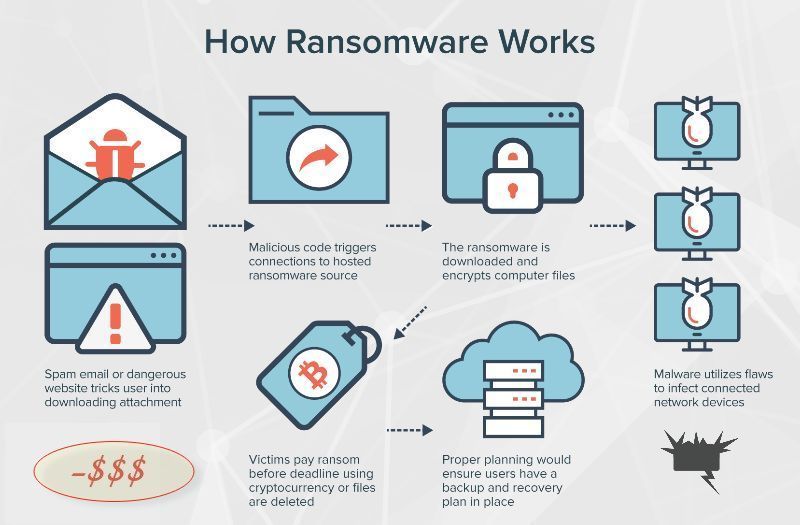
RANSOMWARE OVERVIEW
In this cat-and-mouse game, early detection remains crucial. Organizations must stay vigilant and take proactive measures to mitigate emerging risks in the ever-evolving cyberthreat landscape.
- Ransomware-as-a-Service (RaaS) Kits: These kits, available for as little as $40, have made it easier for cybercriminals to launch attacks. The frequency of attacks has increased significantly, with ransomware activity alone rising by 50% year-on-year during the first half of 2023
- Faster Attacks: Cybercriminal gangs are executing attacks more swiftly, reducing the average time taken from around 60 days in 2019 to just four days. This acceleration allows them to target more victims
- Data Exfiltration: Most ransomware attacks now involve stealing personal or sensitive commercial data for extortion purposes. The percentage of cases where data is exfiltrated has doubled from 40% in 2019 to almost 80% in 2022, and this trend continues in 2023
- AI and Mobile Devices: Threat actors are exploring ways to use artificial intelligence (AI) to automate and accelerate attacks. Coupled with the proliferation of connected mobile devices and 5G-enabled Internet of Things (IoT), the avenues for cyberattacks are expanding
- Supply Chain Targeting: Hackers are increasingly focusing on IT and physical supply chains, launching mass cyberattacks and finding new ways to extort money from businesses of all sizes
Ransomware attacks affect practically every business sector and are growing in intensity. This is fuelled by an influx of new ransomware actors, the expansion of existing affiliate schemes and the pursuit of improved revenues by established cyber crime actors. The barriers to entry into ransomware operations have been lowered by RaaS schemes which means that SMEs are as much at risk from a ransomware attack as large organisations, despite high profile incidents by “big game hunters” such as WasteLocker and DoppelPaymer grabbing the headlines.
